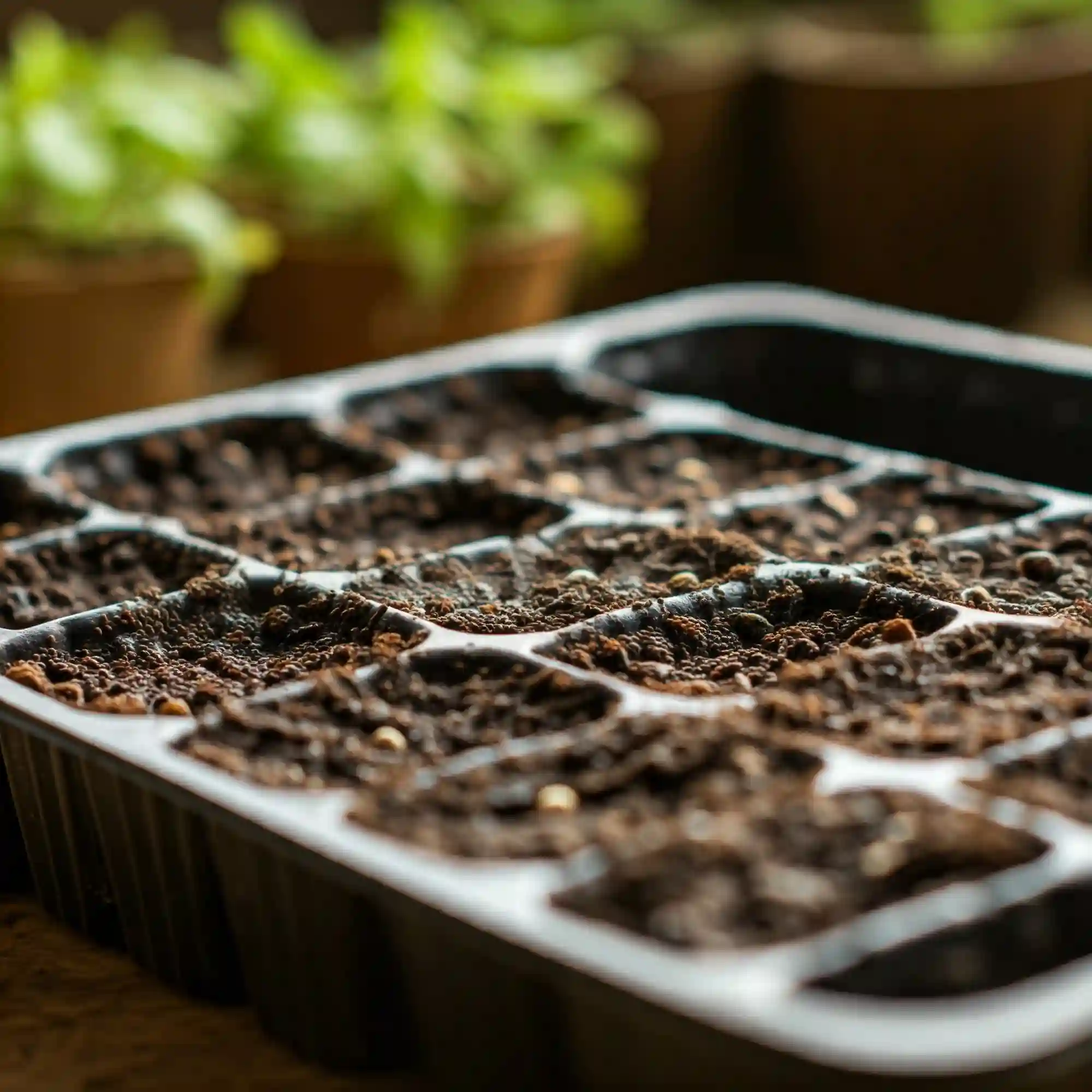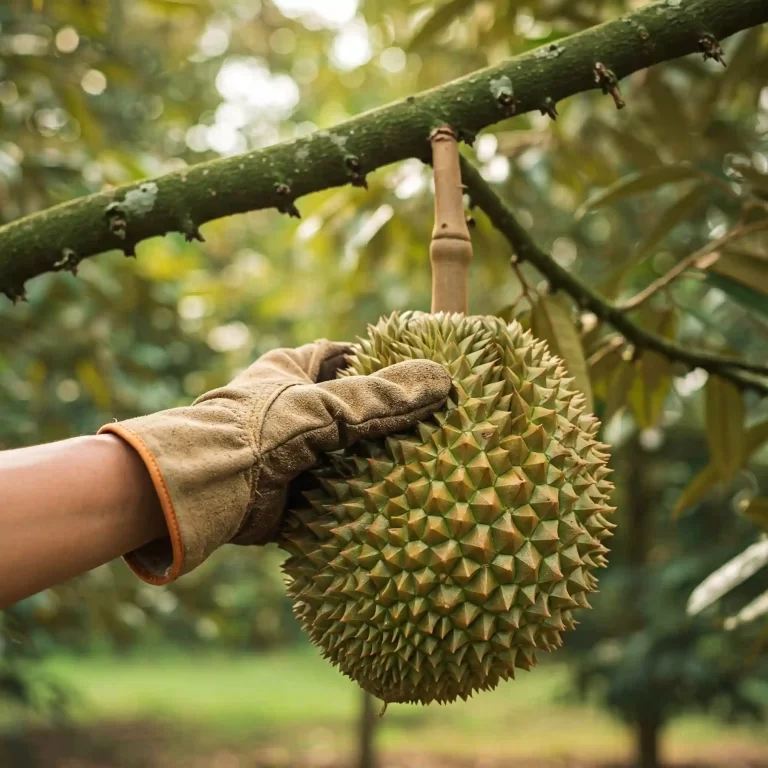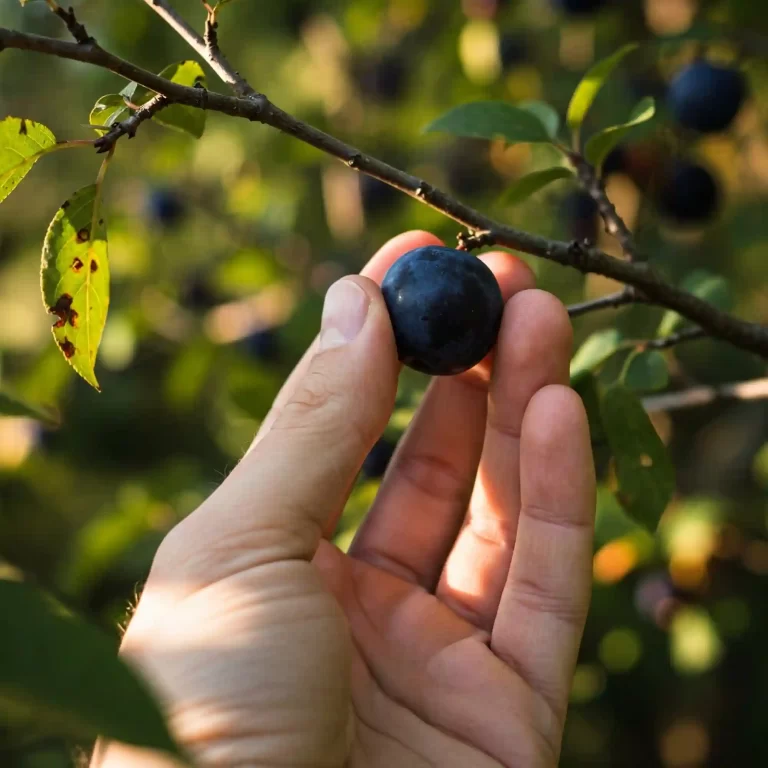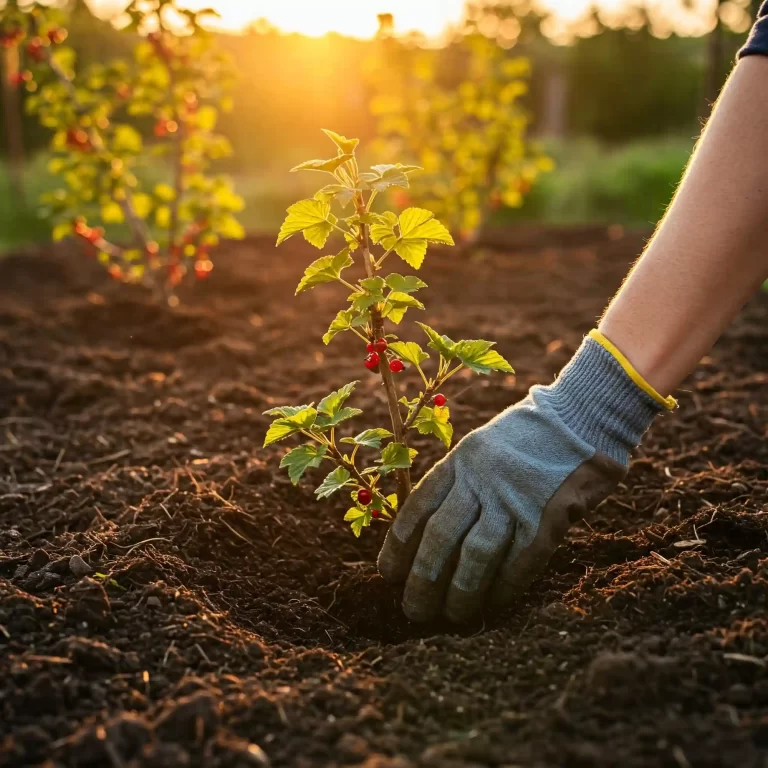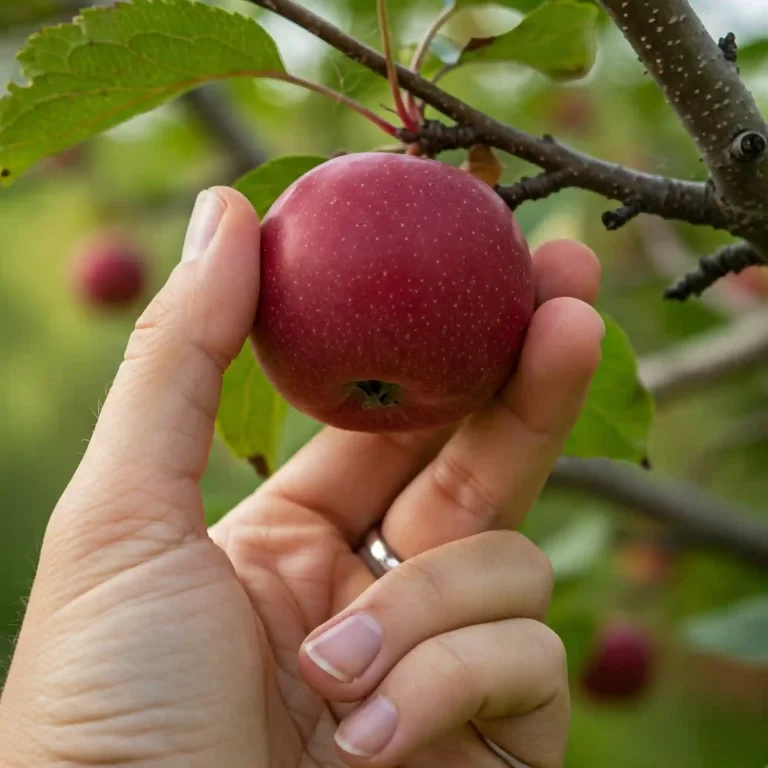Starting a garden from seeds can be a daunting task. You might be overwhelmed by the choices, unsure of where to begin, or frustrated by past failures. Seed starting kits promise to simplify the process, but how do you know which one to choose? The wrong kit can lead to poor germination rates, wasted money, and a lot of frustration. But don’t worry, we’ve got you covered. In this comprehensive guide, we’ll walk you through everything you need to know about seed starting kits, from the basics to the best products on the market. By the end of this article, you’ll be equipped with the knowledge to make an informed decision and start your garden with confidence.
What Are Seed Starting Kits?
Seed starting kits are essential tools for gardeners who want to grow plants from seeds. These kits typically include everything you need to get started, such as seed trays, grow lights, seedling heat mats, germination domes, potting soil, and plant labels. They provide a controlled environment that helps seeds germinate and grow into healthy seedlings before being transplanted into the garden.
Components of Seed Starting Kits
- Seed Trays: These are shallow containers that hold the soil and seeds. They often come with individual cells to keep seeds organized and prevent overcrowding.
- Grow Lights: Essential for providing the light that seedlings need to grow, especially if you’re starting seeds indoors where natural light may be insufficient.
- Seedling Heat Mats: These mats provide bottom heat to the seed trays, which can speed up germination and improve seedling growth.
- Germination Domes: Clear covers that fit over the seed trays to create a mini-greenhouse effect, maintaining humidity and warmth.
- Potting Soil: A special mix designed for seed starting, usually lighter and more aerated than regular garden soil.
- Plant Labels: Used to keep track of what you’ve planted and where.
Types of Seed Starting Kits
There are several types of seed starting kits available, each designed to meet different needs and preferences:
- Indoor Seed Starting Kits: These kits are designed for starting seeds indoors, often including grow lights and heat mats.
- Outdoor Seed Starting Kits: These kits are more robust and can withstand outdoor conditions. They may not include grow lights but often come with protective covers.
- Hydroponic Seed Starting Kits: These kits use water instead of soil to start seeds. They are ideal for gardeners interested in hydroponics.
- Organic Seed Starting Kits: These kits include organic soil and seeds, catering to gardeners who prefer organic gardening methods.
Comparison of Seed Starting Kit Types
| Type of Kit | Ideal For | Key Components |
| Indoor Seed Starting Kits | Indoor gardening | Seed trays, grow lights, heat mats, domes |
| Outdoor Seed Starting Kits | Outdoor gardening | Robust trays, protective covers |
| Hydroponic Seed Starting Kits | Hydroponic gardening | Water-based systems, grow lights |
| Organic Seed Starting Kits | Organic gardening | Organic soil, organic seeds, biodegradable trays |
Benefits of Using Seed Starting Kits
Using seed starting kits offers numerous benefits, making them a popular choice among gardeners of all skill levels. Here are some of the key advantages:
- Faster Germination and Growth: Seed starting kits provide optimal conditions for seeds to germinate quickly and grow into strong seedlings. The controlled environment, including consistent moisture, temperature, and light, helps seeds sprout faster than they would in the ground.
- Controlled Environment: One of the biggest challenges in gardening is dealing with unpredictable weather and pests. Seed starting kits allow you to start your seeds indoors, where you can control the temperature, humidity, and light levels. This reduces the risk of seeds being damaged by frost, heavy rain, or pests.
- Cost-Effective and Sustainable Gardening: Starting plants from seeds is generally more cost-effective than buying seedlings or mature plants. Seed starting kits can be reused year after year, making them a sustainable option for gardeners. Additionally, growing your own plants from seeds allows you to choose from a wider variety of plant species and cultivars.
- Flexibility to Start Seeds Indoors: With seed starting kits, you can start your seeds indoors regardless of the season. This is particularly beneficial for gardeners in colder climates who want to get a head start on the growing season. By the time the weather is suitable for planting outdoors, your seedlings will be ready to transplant.
- Improved Success Rates: Seed starting kits are designed to provide the ideal conditions for seed germination and seedling growth. This increases the likelihood of successful germination and reduces the risk of seedling failure. The use of high-quality potting soil, proper watering techniques, and adequate lighting all contribute to healthier and more robust seedlings.
Benefits of Using Seed Starting Kits
- Faster germination and growth
- Controlled environment
- Cost-effective and sustainable gardening
- Flexibility to start seeds indoors
- Improved success rates
Case Study: Success with Seed Starting Kits
Case Study: Jane’s Indoor Herb Garden
Jane, a 35-year-old marketing professional, decided to start an indoor herb garden to have fresh herbs for cooking. She purchased an indoor seed starting kit that included seed trays, grow lights, and a heat mat. Jane followed the instructions carefully, planting basil, parsley, and cilantro seeds. Within a week, she noticed the seeds had germinated, and within a month, she had healthy seedlings ready to be transplanted into larger pots. Jane’s indoor herb garden thrived, providing her with a steady supply of fresh herbs year-round. She credits the seed starting kit for her success, as it provided the perfect environment for her seeds to grow.
Jane’s indoor herb garden thrived, providing her with a steady supply of fresh herbs year-round. She credits the seed starting kit for her success, as it provided the perfect environment for her seeds to grow.
How to Choose the Right Seed Starting Kit
Choosing the right seed starting kit can make a significant difference in your gardening success. Here are some factors to consider when selecting a seed starting kit:
Factors to Consider
- Size of the Kit: The size of the seed starting kit should match the scale of your gardening project. If you plan to start a large number of seeds, opt for a kit with multiple trays and cells. For smaller projects, a compact kit will suffice.
- Type of Plants: Different plants have different requirements. Some seed starting kits are designed specifically for certain types of plants, such as herbs, vegetables, or flowers. Choose a kit that suits the plants you intend to grow.
- Indoor vs. Outdoor Use: Consider where you will be using the seed starting kit. Indoor kits often come with grow lights and heat mats, while outdoor kits are more robust and may include protective covers to shield seedlings from the elements.
- Material of the Trays: Seed trays can be made from various materials, including plastic, biodegradable materials, and peat. Plastic trays are durable and reusable, while biodegradable trays can be planted directly into the soil, reducing transplant shock.
- Additional Features: Look for kits that offer additional features such as grow lights, heating mats, and humidity domes. These features can enhance the germination process and improve seedling growth.
Comparing Different Materials
- Plastic Trays: Durable, reusable, and easy to clean. Ideal for gardeners who plan to start seeds multiple times a year.
- Biodegradable Trays: Made from materials like peat or coir, these trays can be planted directly into the garden, reducing transplant shock and promoting root growth.
- Peat Pellets: Compressed peat that expands when watered. Convenient and easy to use, but not reusable.
Importance of Additional Features
- Grow Lights: Essential for indoor gardening, especially in areas with limited natural light. They provide the necessary light spectrum for seedling growth.
- Heating Mats: Provide bottom heat to seed trays, which can speed up germination and improve seedling vigor.
- Humidity Domes: Create a mini-greenhouse effect, maintaining consistent humidity and temperature levels, which are crucial for seed germination.
Comparison of Seed Tray Materials
| Material | Durability | Reusability | Environmental Impact | Cost |
| Plastic | High | High | Moderate | Moderate |
| Biodegradable | Moderate | Low | Low | Low |
| Peat Pellets | Low | Low | Low | Moderate |
Top 10 Seed Starting Kits for Gardeners in 2024
Choosing the best seed starting kit can be overwhelming with so many options available. Here, we have compiled a list of the top 10 seed starting kits to help you make an informed decision.
- Best Overall: Gardzen Garden Propagator Set
- Description: This kit includes everything you need to start seeds indoors, including seed trays, grow lights, and a heating mat.
- Pros: Comprehensive kit, high-quality materials, excellent customer reviews.
- Cons: Higher price point.
- Best for Beginners: VIVOSUN Seed Starting Kit
- Description: Designed for novice gardeners, this kit is easy to use and comes with detailed instructions.
- Pros: User-friendly, affordable, includes a variety of seeds.
- Cons: Limited to small-scale projects.
- Best Value: MIXC Seed Starting Kit
- Description: Offers great value for money with a complete set of seed starting essentials.
- Pros: Affordable, durable, reusable trays.
- Cons: Does not include grow lights.
- Best for Herbs: Window Garden Double Veg Ledge Shelf Seed Starting Kit
- Description: Specifically designed for growing herbs, this kit includes organic soil and a selection of herb seeds.
- Pros: Organic materials, ideal for kitchen gardens.
- Cons: Limited to herb seeds.
- Best for Vegetables: Ferry Morse Jiffy Tomato & Vegetable Greenhouse
- Description: Perfect for vegetable gardeners, this kit includes large trays and a variety of vegetable seeds.
- Pros: Large capacity, includes vegetable-specific instructions.
- Cons: Requires more space.
- Best with Grow Lights: Super Sprouter Premium Heated Propagation Kit
- Description: This kit comes with high-quality grow lights to ensure your seedlings get the light they need.
- Pros: Includes grow lights, promotes healthy growth.
- Cons: Higher energy consumption.
- Best with Heating Mats: Burpee Seed Starting Kit
- Description: Features a heating mat to provide consistent bottom heat, speeding up germination.
- Pros: Includes heating mat, improves germination rates.
- Cons: Requires an electrical outlet.
- Best Organic: ACT Biodegradable Seed Starter Kit
- Description: Made with organic materials, this kit is perfect for eco-conscious gardeners.
- Pros: Organic soil and seeds, biodegradable trays.
- Cons: Higher cost.
- Best for Small Spaces: Gardener’s Supply Company GrowEase Seed Starter Kit
- Description: Compact and efficient, this kit is ideal for gardeners with limited space.
- Pros: Space-saving design, easy to store.
- Cons: Limited capacity.
- Best for Flowers: Park Seed Original BioDome
- Description: Tailored for flower gardeners, this kit includes a variety of flower seeds and large trays.
- Pros: Includes flower seeds, large trays.
- Cons: Requires more space.
These top 10 seed starting kits offer a range of features and benefits to suit different gardening needs and preferences. Whether you’re a beginner or an experienced gardener, there’s a kit on this list that will help you successfully start your garden from seeds.
How to Use Seed Starting Kits Effectively
Using seed starting kits effectively involves more than just planting seeds and waiting for them to grow. Here are some tips to help you get the most out of your seed starting kit:
Step-by-Step Guide
- Prepare the Seed Trays: Fill the seed trays with potting soil, ensuring it is evenly distributed and lightly packed.
- Plant the Seeds: Follow the instructions on the seed packets for planting depth and spacing. Place one or two seeds in each cell.
- Water the Seeds: Water the soil gently to avoid displacing the seeds. Keep the soil moist but not waterlogged.
- Cover with a Germination Dome: Place the germination dome over the seed trays to maintain humidity and warmth.
- Provide Light and Heat: Place the seed trays under grow lights or in a sunny location. Use a heating mat if necessary to maintain a consistent temperature.
- Monitor and Maintain: Check the soil moisture regularly and water as needed. Adjust the grow lights to ensure the seedlings receive adequate light.
- Transplanting: Once the seedlings have developed a few sets of true leaves, they are ready to be transplanted into larger pots or directly into the garden.
Tips for Watering, Lighting, and Temperature Control
- Watering: Use a spray bottle or a gentle watering can to water the seedlings. Avoid overwatering, as this can lead to root rot and fungal diseases.
- Lighting: Seedlings need 12-16 hours of light per day. Use grow lights if natural light is insufficient. Adjust the height of the lights as the seedlings grow to prevent them from becoming leggy.
- Temperature Control: Most seeds germinate best at temperatures between 65-75°F (18-24°C). Use a heating mat to maintain consistent warmth, especially in cooler environments.
Optimal Conditions for Seed Germination
| Plant Type | Light Requirements | Temperature Range | Watering Frequency |
| Herbs | 12-16 hours/day | 65-75°F (18-24°C) | Keep soil moist |
| Vegetables | 12-16 hours/day | 65-75°F (18-24°C) | Keep soil moist |
| Flowers | 12-16 hours/day | 65-75°F (18-24°C) | Keep soil moist |
Common Mistakes to Avoid
Even experienced gardeners can make mistakes when using seed starting kits. Here are some common pitfalls to watch out for:
- Overwatering or Underwatering: Both can be detrimental to seedlings. Overwatering can lead to root rot, while underwatering can cause seedlings to dry out and die.
- Not Providing Enough Light: Seedlings need plenty of light to grow strong and healthy. Insufficient light can cause them to become leggy and weak.
- Using the Wrong Type of Soil: Regular garden soil is too heavy for seed starting. Use a light, well-draining potting mix designed for seed starting.
- Ignoring Temperature Requirements: Seeds need consistent warmth to germinate. Use a heating mat if necessary to maintain the ideal temperature range.
- Transplanting Too Early or Too Late: Transplant seedlings when they have developed a few sets of true leaves. Transplanting too early can damage delicate roots, while transplanting too late can cause seedlings to become root-bound.
Common Mistakes to Avoid
- Overwatering or underwatering
- Not providing enough light
- Using the wrong type of soil
- Ignoring temperature requirements
- Transplanting too early or too late
FAQs About Seed Starting Kits
What is the best seed starting kit for beginners?
The best seed starting kit for beginners is one that is easy to use and comes with clear instructions. Look for kits that include all the necessary components, such as seed trays, potting soil, and a germination dome. Kits that come with a variety of seeds and a step-by-step guide are particularly helpful for novice gardeners.
How do I choose the right seed starting kit?
To choose the right seed starting kit, consider factors such as the type of plants you want to grow, the size of your gardening project, and whether you will be starting seeds indoors or outdoors. Look for kits that include additional features like grow lights and heating mats if you plan to start seeds indoors.
Can I reuse seed starting kits?
Yes, many seed starting kits are designed to be reusable. Plastic seed trays and grow lights can be used multiple times, provided they are cleaned and stored properly between uses. Biodegradable trays, however, are typically single-use as they are meant to be planted directly into the soil.
What are the benefits of using seed starting kits?
Seed starting kits offer several benefits, including faster germination and growth, a controlled environment for seedlings, cost-effective and sustainable gardening, flexibility to start seeds indoors regardless of the season, and improved success rates for seed germination and seedling growth.
How do I prevent mold in my seed starting kit?
To prevent mold in your seed starting kit, ensure proper ventilation and avoid overwatering. Use a fan to circulate air around the seedlings and remove the germination dome once the seeds have sprouted. Additionally, using a sterile potting mix can help reduce the risk of mold.
Do I need grow lights for my seed starting kit?
Grow lights are essential if you are starting seeds indoors and do not have access to sufficient natural light. Seedlings need 12-16 hours of light per day to grow strong and healthy. Grow lights provide the necessary light spectrum and intensity for optimal seedling growth.
How often should I water my seedlings?
Seedlings should be kept consistently moist but not waterlogged. Water the soil gently to avoid displacing the seeds and check the moisture level regularly. The frequency of watering will depend on the type of soil, the environment, and the specific needs of the plants you are growing.
What type of soil should I use in my seed starting kit?
Use a light, well-draining potting mix specifically designed for seed starting. Regular garden soil is too heavy and can hinder seed germination. Seed starting mixes are typically lighter and more aerated, providing the ideal conditions for seeds to sprout and grow.
How do I transplant seedlings from the kit to my garden?
Transplant seedlings when they have developed a few sets of true leaves. Gently remove the seedlings from the seed trays, being careful not to damage the roots. Plant them in larger pots or directly into the garden, ensuring they are planted at the same depth they were in the seed trays. Water the seedlings well after transplanting.
Are there organic seed starting kits available?
Yes, there are organic seed starting kits available that include organic soil and seeds. These kits are ideal for gardeners who prefer to use organic gardening methods and avoid synthetic chemicals. Look for kits labeled as organic to ensure they meet your gardening preferences.
Conclusion
Using seed starting kits can significantly enhance your gardening experience, providing a controlled environment for seeds to germinate and grow into healthy seedlings. By choosing the right kit and following best practices, you can enjoy a successful and rewarding gardening season. Whether you are a beginner or an experienced gardener, seed starting kits offer a convenient and effective way to start your garden from seeds. Happy gardening!
